How to Use Essential Oils: A FAQS Essential Oil Guide
If you’re just discovering essential oils or just opened your essential oil starter kit – this a great place to begin!
With hundreds of essential oils out there it can be overwhelming when you first get started. Here you will find answers to the top ten questions I am frequently asked about essential oils.
This article contains some affiliate links for your convenience, read the full disclosure policy.
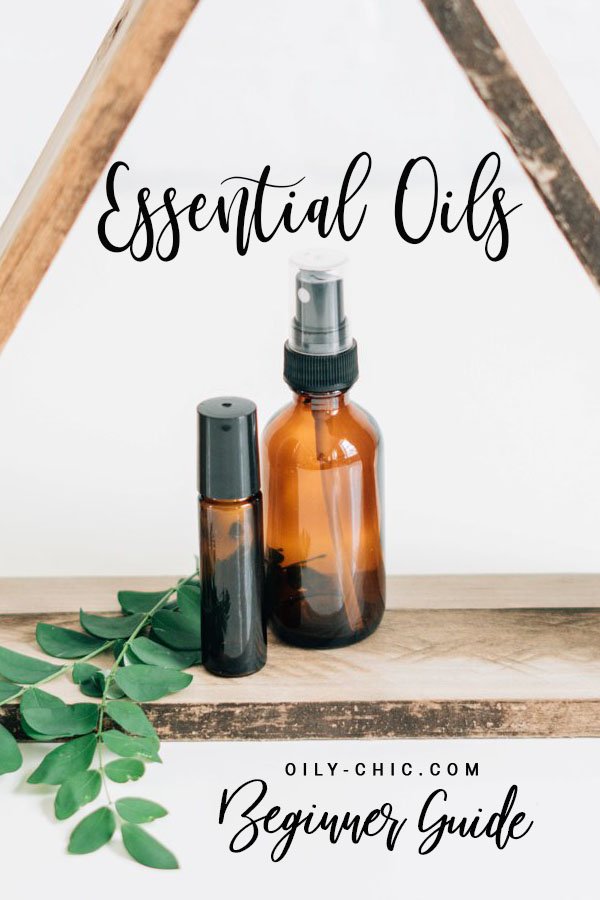
10 FAQS Essential Oil Guide:
#1 What is an essential oil?
Essential oils are made by extracting oil through distillation from a variety of plants and their various parts such as trees, seeds, shrubs, flowers, and roots.
When processed properly through steam distillation, the oils retain their potent properties and are highly concentrated. Learn more here.
#2 How many drops of essential oil are in a bottle?
There are approximately 20 drops in 1 milliliter. Use the following essential oil guide with the typical amount of drops you can find in standard essential oil bottles like these.
- 100 drops in a 5 ml bottle
- 200 drops in a 10 ml bottle
- 300 drops in a 15 ml bottle
#3 Can you apply essential oils directly to skin?
Yes and No.
Due to their high concentration, nearly all essential oils need to be properly diluted before applying to the skin.
There are actually only a few essential oils that are generally considered safe to apply to directly to the skin without dilution such as chamomile, rose, and lavender.
However, essential oils are not cheap and applying without dilution can be quite costly. And if you’re asking in terms of essential oil skin care read the skin care essential oil guide.
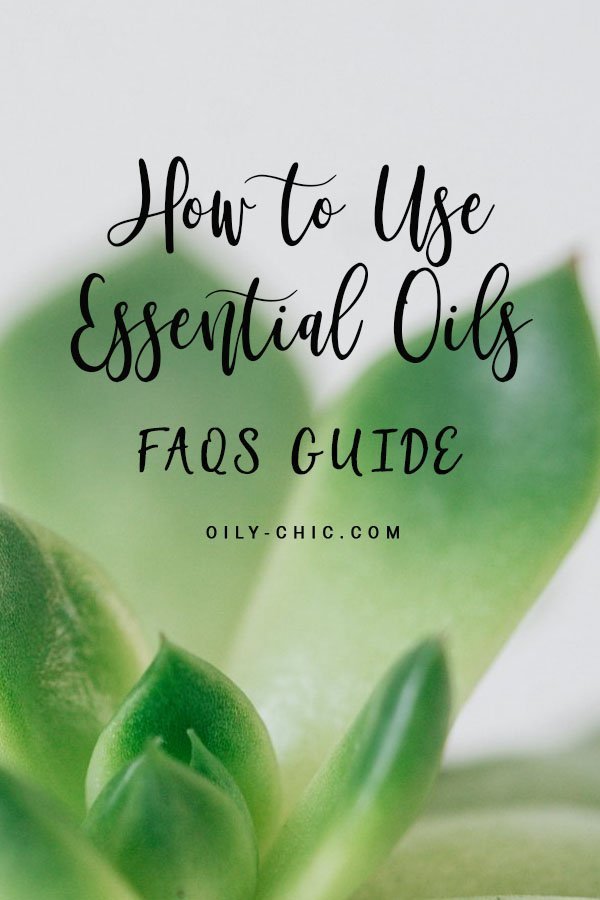
#4 What is a carrier oil?
A carrier oil is a base oil used to dilute essential oils and absolutes before they are applied to the skin.
Meaning they carry the essential oil onto and across the skin.
#5 How do you blend essential oils?
Start with a carrier oil derived from plants, that has little to no aroma. Then use an essential oil blending wheel to make essential oil blends you’ll want to use again and again!
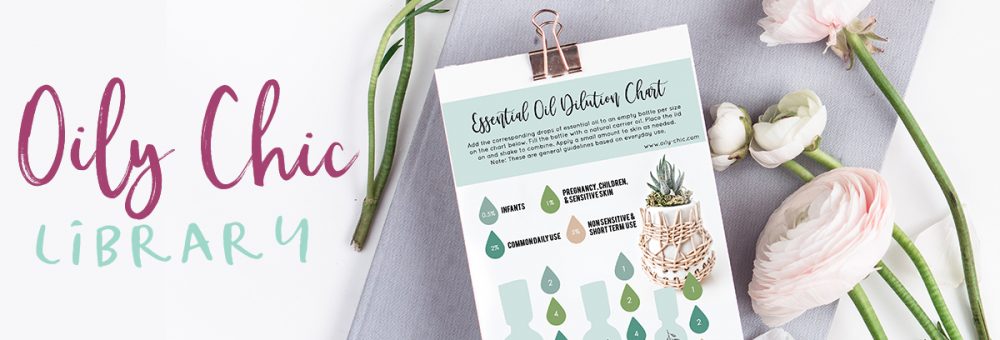
Print an Essential Oil Blending Wheel, blank blending worksheets and more from Oily Chic Library or pin for later.
#6 Where is the best place to apply essential oils?
There are many places to apply essential oils to the body with dilution. Here’s a quick list of where to apply oils:
- Bottoms of the Feet
- Behind the Ears
- Back of the Neck
- Temples
- Abdomen
- Chest
- Upper Back
- Inside of the Wrists
- Nape of Neck
#7 Do essential oils expire?
There are no firm expiration dates for essential oils. Pure essential oils like Young Living essential oils do not contain preservatives or synthetic fillers, therefore they do expire.
But, essential oils can have a shelf life of anywhere between 2 and 15 years!
Follow these simple essential oil guide to storage to ensure that you get the most of your oils.
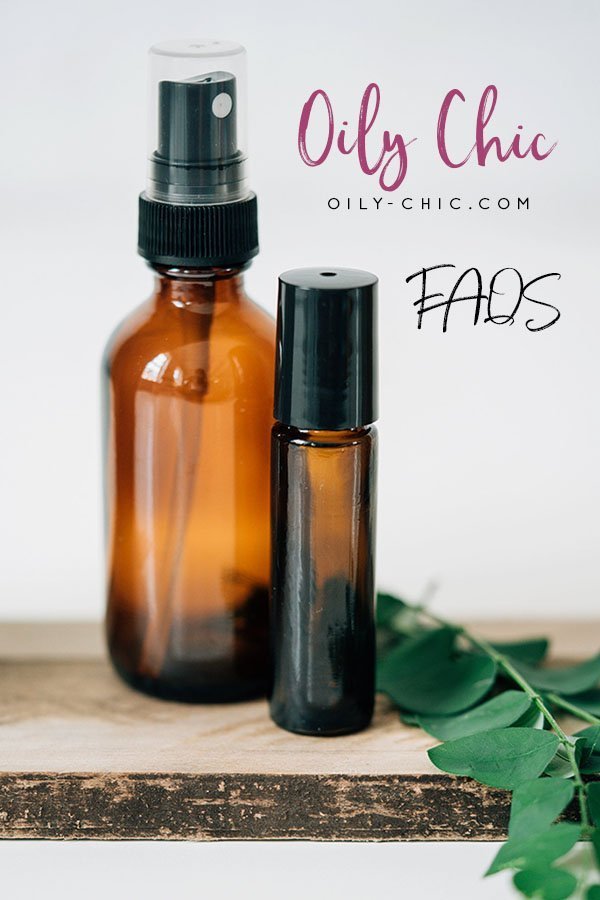
#8 Does diluting an essential oil make it less effective?
Absolutely not, in fact diluting essential oils slows the absorption rate. This creates a longer lasting effect as the and helps each drop of essential oil go a long way.
#9 Can you put essential oils in a humidifier or air freshener plugin?
There are many ways of diffusing essential oils and neither of the above is included. Read this diffusion essential oil guide for five effective methods to diffuse essential oils.
#10 What essential oils are good for beginners?
I recommend the essential oils below for beginners to support skin, a wellness lifestyle, or just clean the home – all in addition to enjoying the incredible scents.
- LAVENDER
- LEMON
- FRANKINCENSE
- PEPPERMINT
- CITRUS FRESH: A BLEND OF CITRUSY OILS
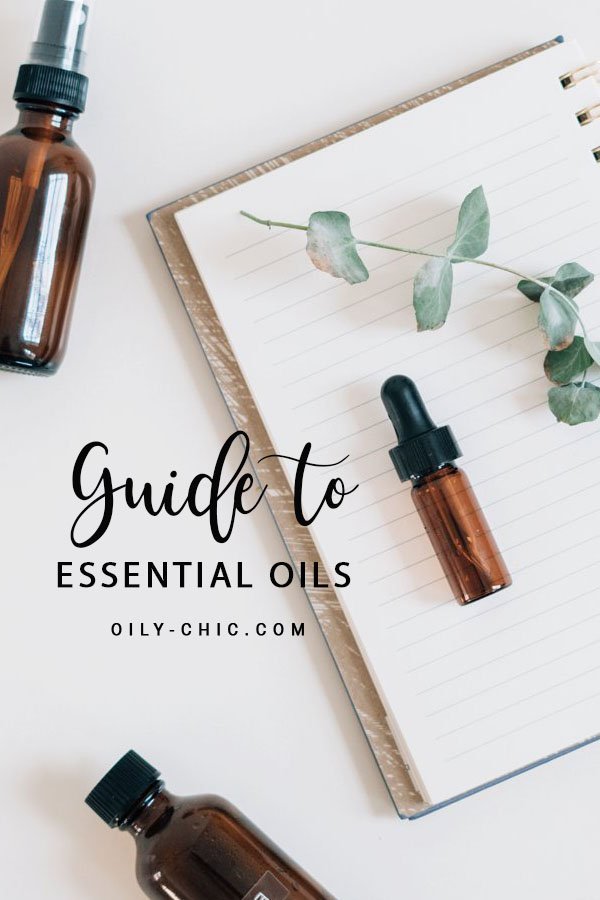
I don’t know about you but simplicity is huge for me! I got started with essential oils years ago with this carefully curated essential oil kit. It comes with 12 essential oils including the five above. Each are extremely versatile and perfect for any beginner! Are you ready to get oily?
